The 1963 Ferrari 250 GT SWB California Spyder holds a special place in the world of classic cars. It’s a model that blends striking design with sharp performance, capturing the spirit of 1960s Italian sports cars without trying too hard. Built for both road and race, the Spyder offers a unique mix of agility and style that still commands attention today. For anyone who appreciates classic motoring, this Ferrari isn’t just a car — it’s a piece of history that continues to inspire.
Ferrari’s 1963 California Spyder Overview
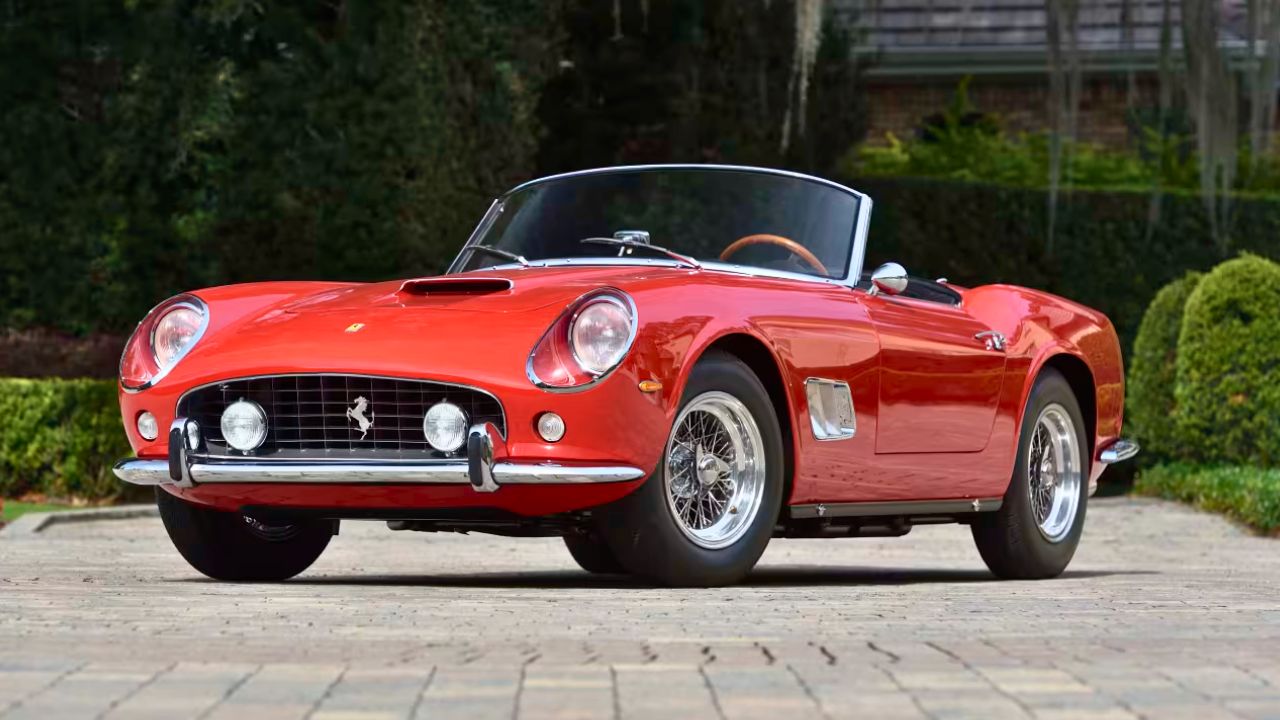
The 1963 Ferrari 250 GT SWB California Spyder stands out as one of the most sought-after Ferraris from the 1960s. Its combination of performance and style made it a favorite among collectors and racers alike. The “SWB” refers to the short wheelbase, measuring just 2,400mm, which improved agility over the longer 250 GT models. Its open-top design blends classic Italian lines with a purpose-built racing spirit, making it a car that turns heads without trying too hard.
Under the Hood: The V12 Engine

Powering the California Spyder is a 3.0-liter Colombo V12 engine that produces roughly 280 horsepower. This powerplant was tuned for responsiveness, with six Weber carburetors feeding it fuel. It pushes the car from 0 to 60 mph in just over six seconds, which was impressive for its era. The engine’s sound is a crucial part of the experience — a smooth but assertive growl that hints at the performance lurking beneath the hood.
Handling and Suspension

The short wheelbase gave the Spyder nimble handling, a real step up from its longer siblings. It uses independent front suspension with unequal-length wishbones and coil springs, paired with a live rear axle and leaf springs. While the rear setup was traditional, Ferrari balanced it with precise steering and weight distribution. This mix provided sharp cornering and a connected feel to the road, making it a natural on winding roads or the racetrack.
Interior Details and Comfort

Inside, the California Spyder keeps things straightforward yet elegant. It features leather-trimmed bucket seats and a simple dashboard layout that puts controls within easy reach. Unlike modern cars, it doesn’t overload you with gadgets — just the essentials for driving. The thin-rimmed steering wheel and classic gauges give it a timeless feel, connecting the driver closely to the road and the car’s mechanical heart.
Lightweight Construction

Ferrari kept weight in check by using a tubular steel frame with lightweight aluminum body panels crafted by Scaglietti. The short wheelbase design also contributed to a more compact and lighter package, tipping the scales around 2,400 pounds. This careful approach to weight helped the Spyder feel responsive and quick, rather than just powerful, which added to its appeal both on the street and track.
Racing Pedigree
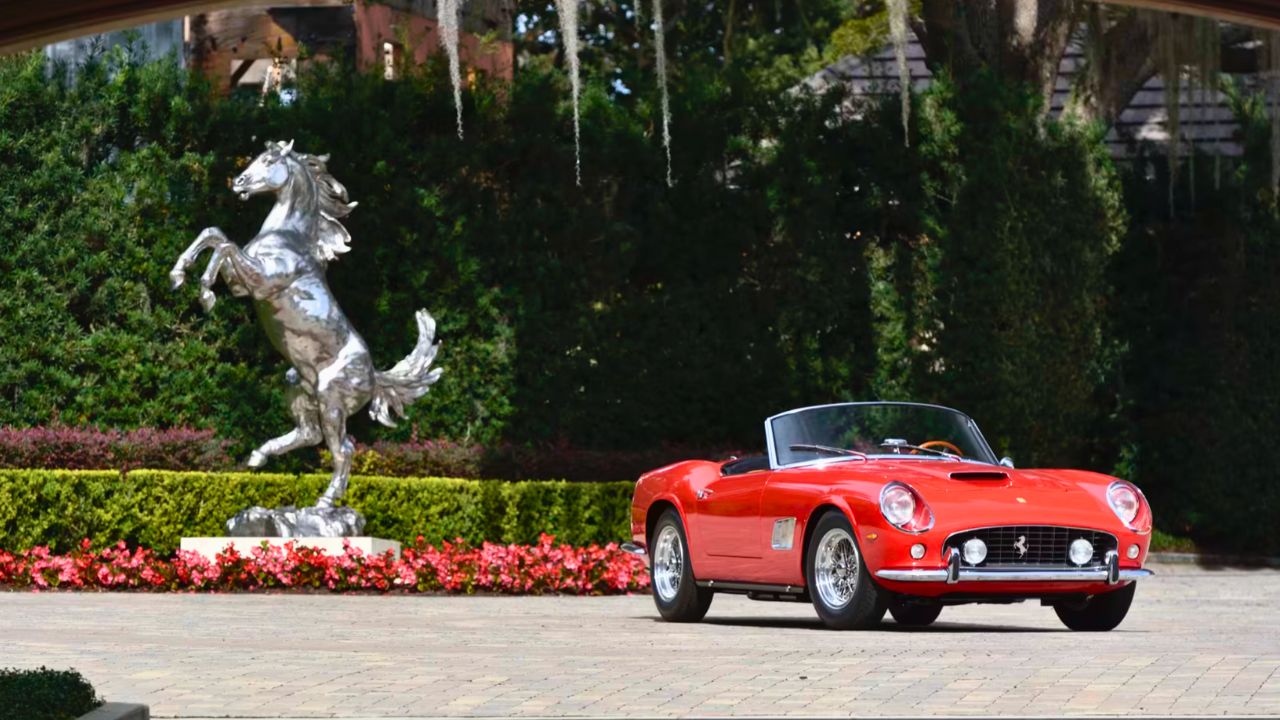
The California Spyder wasn’t just about looks; it was born with racing in mind. Its design was heavily influenced by Ferrari’s racing experience, and it competed in various sports car events during the 1960s. Drivers appreciated its balance and acceleration, and it held its own against rivals from Jaguar and Aston Martin. The racing heritage adds depth to its story, reminding us this car was built to perform, not just to be admired.
The Short Wheelbase Advantage

Compared to the long wheelbase 250 GT models, the SWB had a wheelbase shortened by 8.7 inches. This change was more than cosmetic. It improved agility and allowed quicker directional changes, making the car more responsive in tight turns. For drivers who valued precision over comfort, this was a crucial upgrade. It’s a feature that helped define the car’s character and set it apart in the Ferrari lineup.
Market Value and Collectability

Today, the ’63 California Spyder is one of the most valuable classic cars. Its rarity, combined with its historical significance, has driven prices into the multi-million dollar range. Auctions regularly see these cars fetching high bids, sometimes breaking records. Collectors appreciate not only the looks and performance but also the story behind each individual car — many have rich histories with previous owners and racing backgrounds.
Exterior Styling and Design
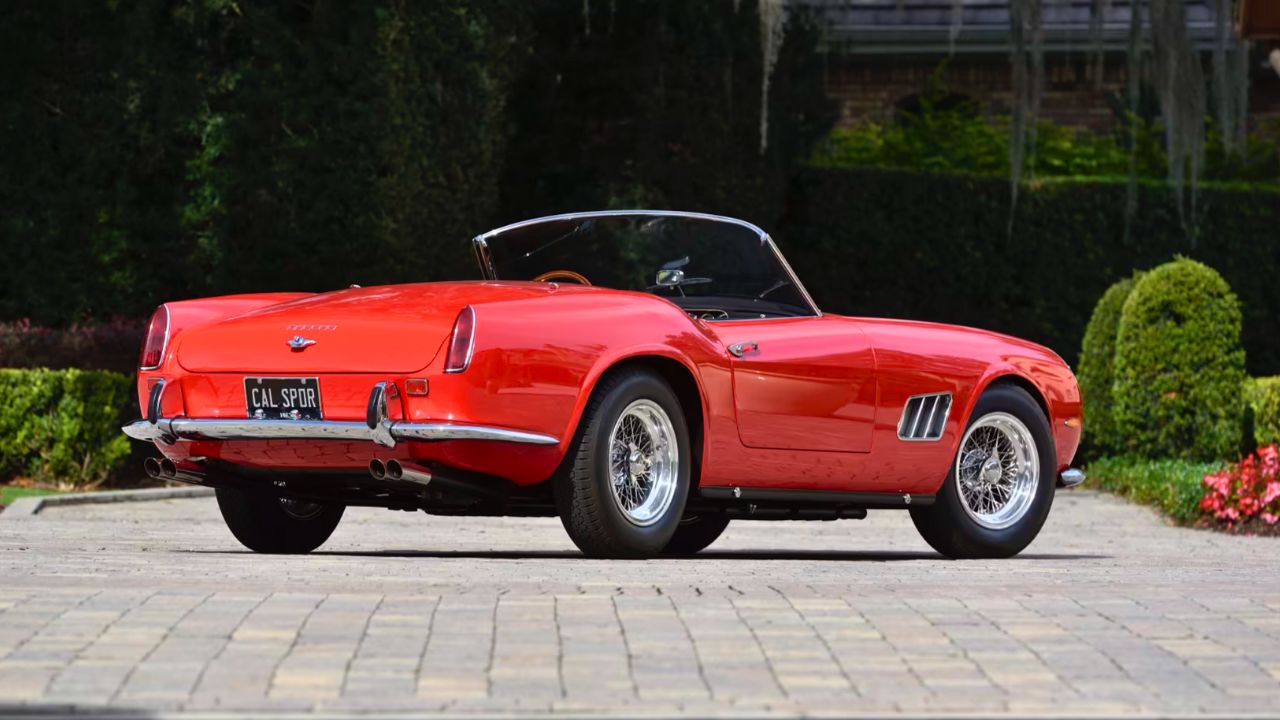
The design of the California Spyder is elegant but purposeful. The long hood, smooth curves, and open cockpit are classic Ferrari traits, but the SWB adds a compact, athletic stance. Details like the chrome wire wheels and minimalist bumpers add character without excess. The bodywork, shaped by hand, blends Italian craftsmanship with a focus on aerodynamic balance, making it both beautiful and functional.
Legacy and Influence

The ’63 California Spyder has influenced countless designs and remains a reference point for collectors and designers. Its blend of style, performance, and exclusivity set a benchmark in the 1960s sports car world. Many modern Ferraris nod to the Spyder’s shape and spirit, and its presence at shows and auctions keeps its story alive. It’s a car that continues to resonate decades after it first hit the road.
Like what you read? Here’s more by us:
*Created with AI assistance and editor review.

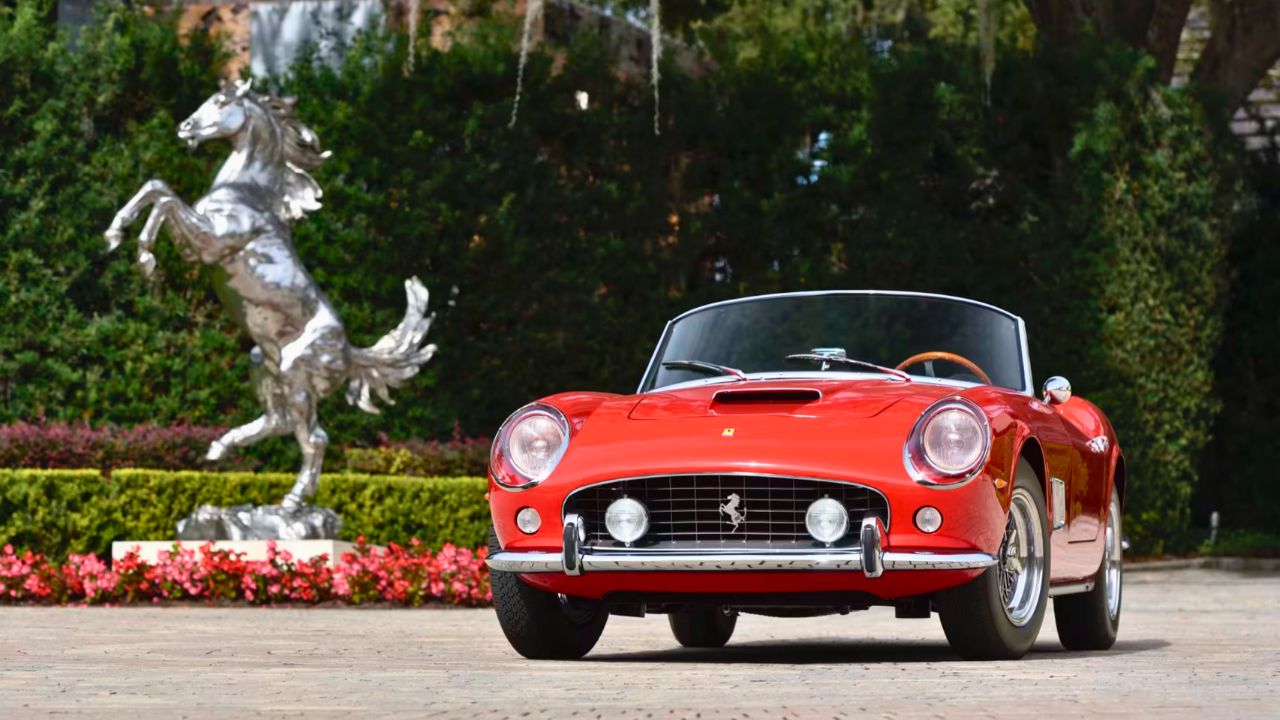
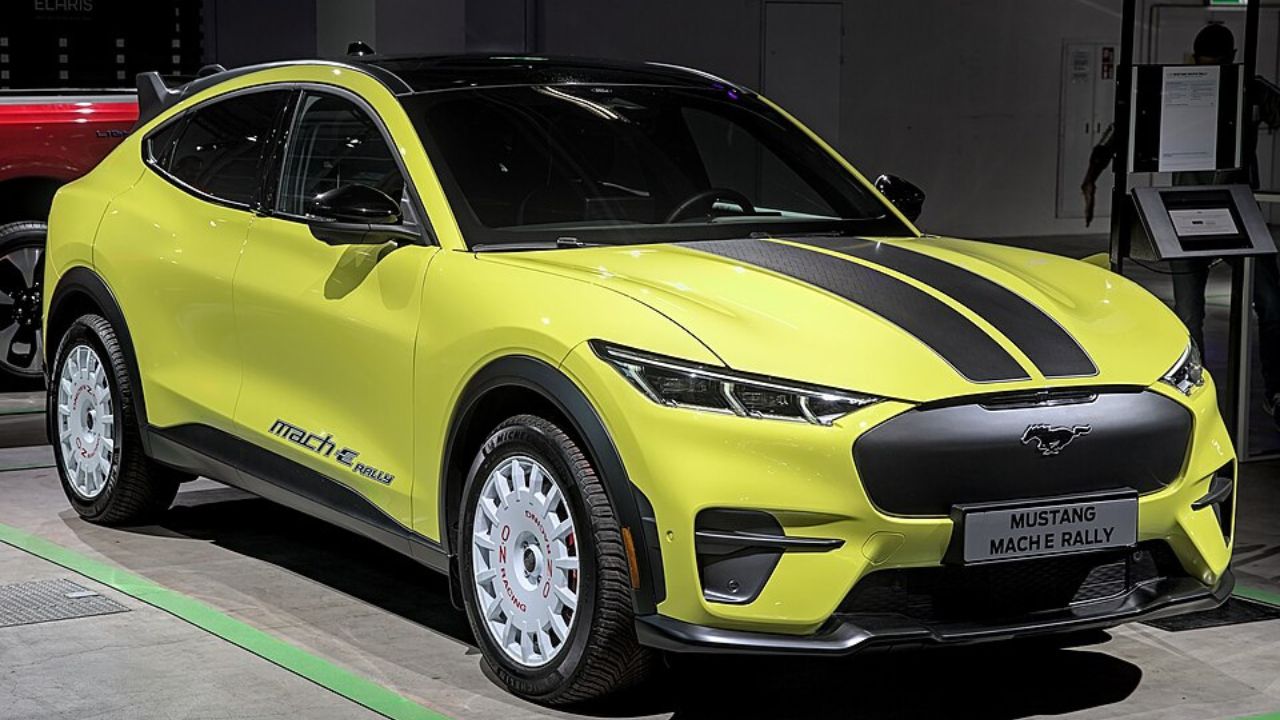
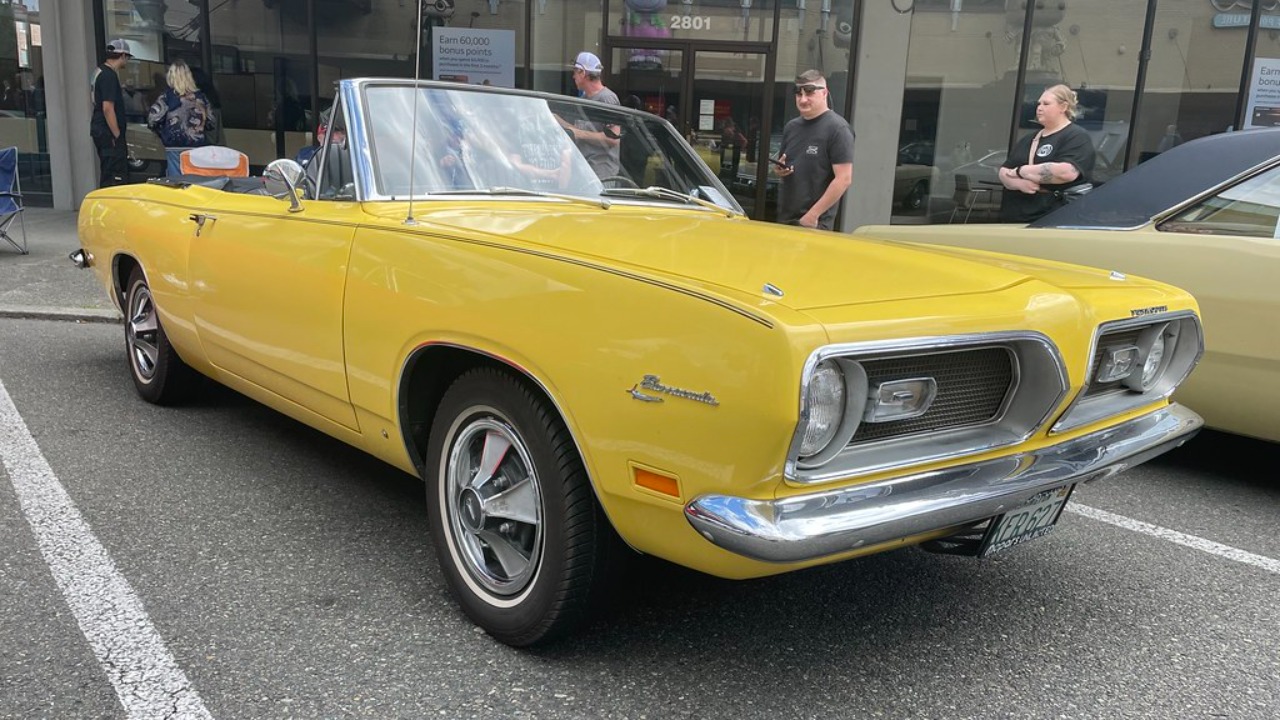
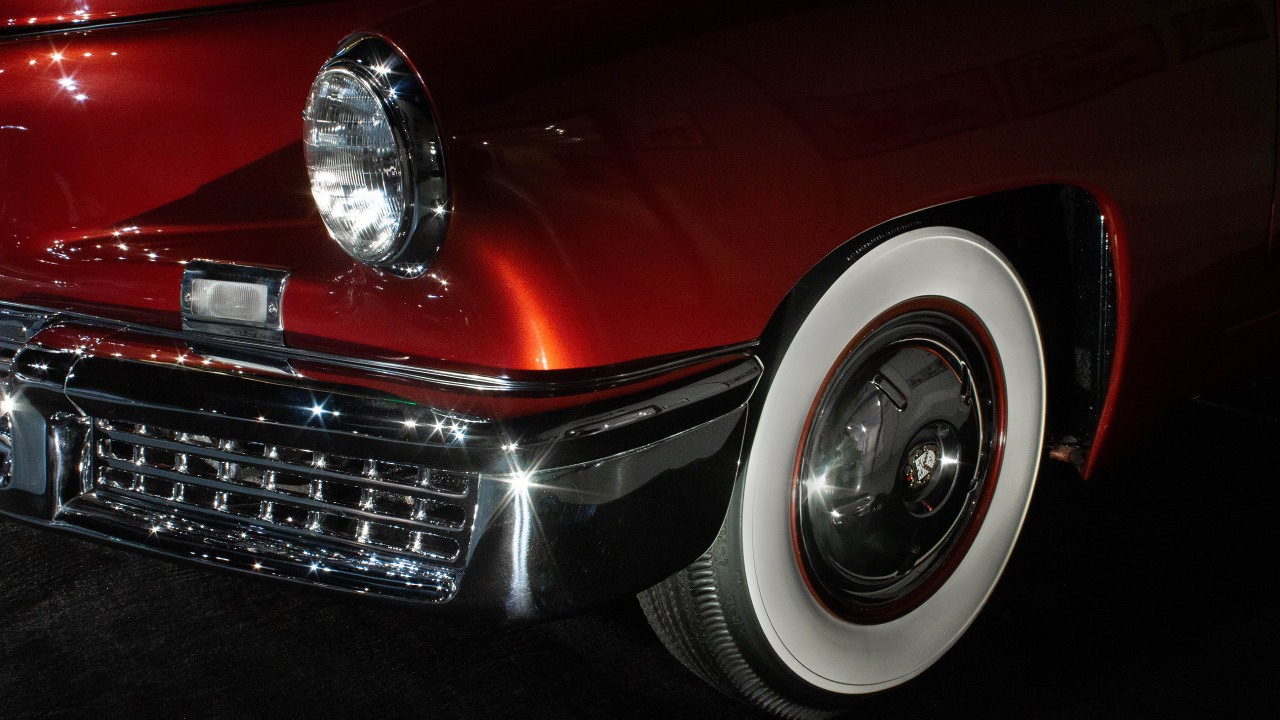
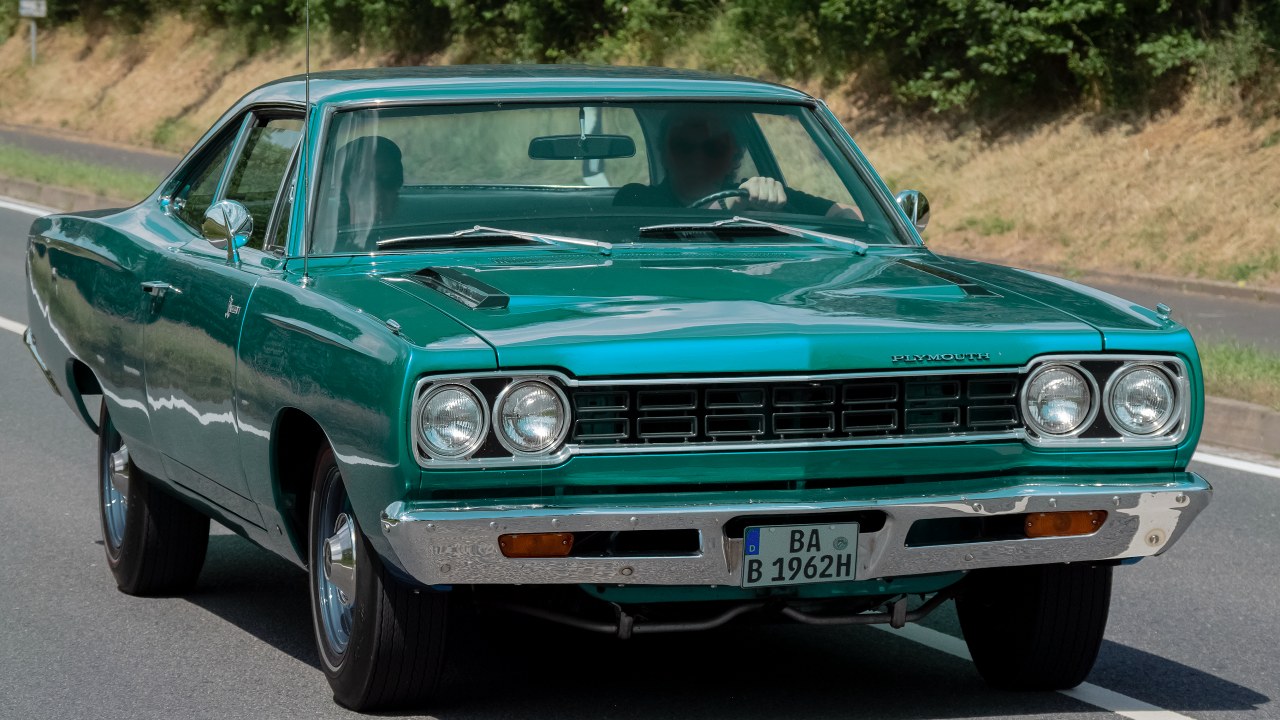

Leave a Reply